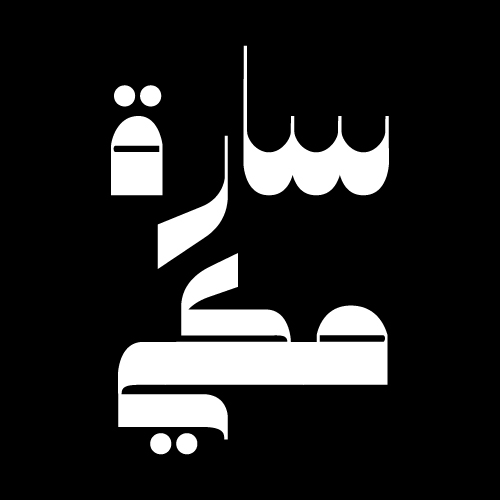
Language is not just a means of communication; it’s a gateway to understanding and connecting with different cultures and communities around the world. However, the nuances of language can often get lost in translation, leading to misunderstandings and misinterpretations. In this article, we’ll explore the fascinating world of translation, with a focus on bridging cultures through Arabic, German, and English.
Arabic: A Language of Rich Heritage and Diversity Arabic is one of the most widely spoken languages in the world, with over 400 million native speakers across the Middle East, North Africa, and beyond. It is a language of rich heritage and diversity, with a long history of literature, poetry, and scientific contributions. Arabic presents unique challenges for translators due to its complex grammar, diverse dialects, and cultural nuances.
Translating Arabic into English and German requires a deep understanding of the language’s unique features, including its root-and-pattern morphology, verb conjugations, and intricate system of honorifics and pronouns. Translators must also be sensitive to cultural differences and linguistic nuances to accurately convey the intended meaning of the original text.
German: Precision and Clarity in Communication German is known for its precision, clarity, and efficiency in communication. With over 100 million speakers worldwide, it is the most widely spoken language in the European Union and a key language of commerce, science, and culture. German translation requires meticulous attention to detail, as well as a thorough understanding of its complex grammar rules and syntactic structures.
Translating German into English and Arabic presents its own set of challenges, including differences in sentence structure, word order, and idiomatic expressions. Translators must carefully navigate these linguistic differences to ensure that the translated text accurately reflects the original meaning and tone of the source material.
Bridging Cultures Through Translation Despite the challenges, translation plays a crucial role in bridging cultures and fostering cross-cultural understanding. Translators serve as cultural ambassadors, helping to break down barriers and build connections between people from different backgrounds and linguistic communities.
By accurately translating texts from Arabic, German, and English, translators facilitate communication, promote cultural exchange, and preserve the richness and diversity of human expression. Whether it’s translating literary works, legal documents, or marketing materials, translators play a vital role in shaping our globalized world.
In conclusion, translation is a complex and multifaceted process that requires linguistic proficiency, cultural sensitivity, and a deep understanding of the nuances of language and communication. Through their work, translators help to bridge cultures, foster understanding, and promote dialogue in an increasingly interconnected world. As we navigate the challenges of translation, let us celebrate the diversity of languages and cultures that enrich our shared human experience.
